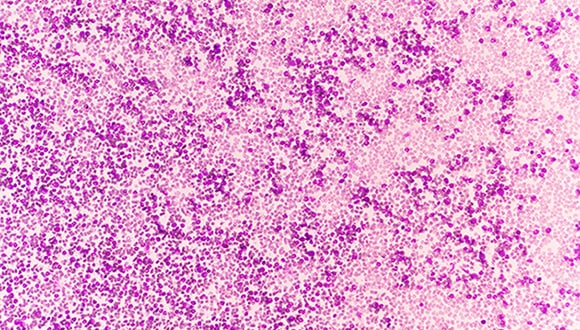The future of virtual reality in medicine
It sounds like the stuff of science fiction: bionic eyes, lifelike ‘pregnant’ mannequins and specialists practising delicate microrobotic cell injections without real cells...
Health Agenda magazine
January 2017
But this is not The Matrix. Virtual reality is here, and the medical industry is using it to improve our health.
Dr Ben Horan is Director of the Virtual Reality laboratory at Deakin University in Geelong, Victoria. He believes the potential of this science is almost limitless when it comes to its medical applications.

One of the first projects at the lab will help train midwives by re-creating maternity wards with students able to ‘see’ and ‘feel’ patients in labour.
“We developed a prototype that replicates what it feels like to push down on the uterus of a woman in the early stages of labour and to feel and measure contractions,” says Dr Horan.
“The students are inside a virtual maternity ward, they can see the patient, hear the surroundings and push their hand down on the technology and feel the simulated contractions.”
The laboratory is also training specialists in microrobotic cell injection, which helps to fine-tune their motor skills and techniques without needing to practise on real cells.
Virtual vision
At the CSIRO’s Data61 centre Senior Principal Researcher Dr Nick Barnes harnesses virtual reality to help people with vision loss regain some sight using a retinal prosthetic device and a head-mounted camera that takes images of the world around the wearer.
Those images are processed, turned into an electrical stimulus and relayed to the retinal implant to create the sensation of light and dark. It helps the wearer to not just identify any obstacles ahead, but give them a true sense of ‘seeing’.
“Health is at the front of our minds,” says Dr Horan, “and virtual reality provides the ability to create situations that don’t exist or are difficult to access.”